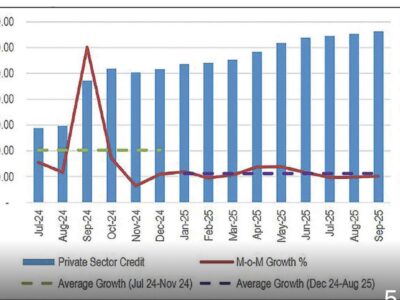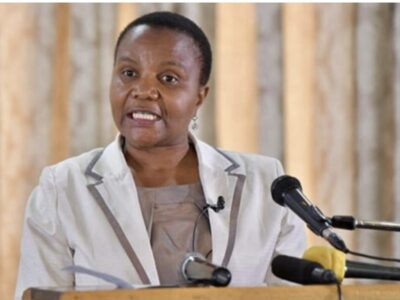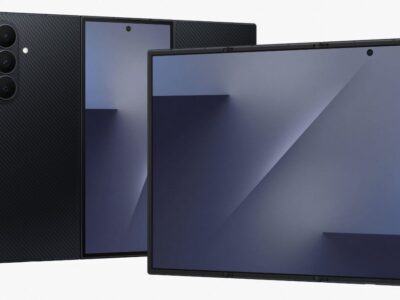The Postal and Telecommunications Regulatory Authority of Zimbabwe (POTRAZ) has released its first-quarter sector performance report for 2025, revealing a significant surge in internet and data usage across the country. The report highlights a double-digit growth in mobile internet traffic, alongside a significant increase in international bandwidth capacity, signalling a continued shift toward digital connectivity despite challenges such as power shortages and economic constraints.
According to POTRAZ, mobile internet/data traffic grew by an impressive 17.31% in the first quarter of 2025, rising from 97.19 Petabytes (PB) in the last quarter of 2024 to 114.02 PB. This surge underscores the increasing reliance on mobile devices for internet access, driven by the proliferation of affordable smartphones, competitive data pricing, and the expanding footprint of mobile network operators.
By Gamuchirai Mapako
The growth in mobile internet usage aligns with global trends, where consumers are increasingly turning to mobile platforms for communication, entertainment, and business. Messaging apps such as WhatsApp, Facebook, and Telegram, which offer voice and video calling features, have further fuelled this demand, as evidenced by the simultaneous decline in traditional fixed-line (PSTN) voice traffic, which contracted by 5.19%.
One of the most striking revelations in the report is the exponential increase in international bandwidth usage.
Incoming international bandwidth capacity skyrocketed by 202.90%, jumping from 889,102 Mbps in Q4 2024 to 2,693,127 Mbps in Q1 2025.
Outgoing international bandwidth capacity also saw a substantial rise of 131.43%, climbing from 169,957 Mbps to 393,323 Mbps in the same period.
This dramatic growth suggests a surge in cross-border data exchanges, likely driven by increased cloud computing usage, international video conferencing, and higher demand for global content streaming services. The report notes that equipped international internet bandwidth capacity for Internet Access Providers (IAPs) grew modestly by 2.29%, indicating that the existing infrastructure is being utilised more intensively rather than just expanded.
While internet usage has surged, the number of active internet/data subscriptions saw only a marginal increase of 0.45%, from 11,889,736 in Q4 2024 to 11,942,857 in Q1 2025.
The report also highlights a positive trend for Internet Access Providers (IAPs), with revenues growing by 7.87%, from ZWG 2.09 billion in Q4 2024 to ZWG 2.26 billion in Q1 2025. This growth reflects the increasing monetisation of internet services, even as operating costs and capital expenditure for IAPs rose by 14.93% and 252.39%, respectively. The sharp rise in capital expenditure suggests that providers are investing heavily in infrastructure to meet growing demand.
While internet usage and IAP revenues grew, Mobile Network Operators (MNOs) faced a decline in total revenue by 4.20%, from ZWG 6.42 billion to ZWG 6.15 billion. At the same time, operating costs for MNOs surged by 33.46%, and capital expenditure plummeted by 50%. This indicates that while data consumption is rising, operators are grappling with rising operational expenses and reduced investment in network expansion, possibly due to economic pressures.
POTRAZ remains optimistic about the sector’s future, citing ongoing developments such as:
5G network deployment, which promises faster speeds and greater connectivity. The entry of low earth orbit (LEO) satellite providers like Starlink, which could expand internet access to underserved rural areas.
The adoption of emerging technologies like AI and Machine Learning, which are expected to drive further digital transformation.
However, challenges such as intermittent power shortages and currency instability could hinder progress. The report notes that the Zimbabwean dollar (ZWG) exchange rate has shown signs of stability, which could foster a more favourable operating environment for telecom companies.
Zimbabwe’s digital growth mirrors broader trends in Africa, where the ICT sector is projected to surpass US$160 billion by 2025. Initiatives like the African Continental Free Trade Area (AfCFTA) are expected to enhance regional connectivity, with countries like Nigeria and South Africa leading the way. Zimbabwe, with its growing internet usage and infrastructure investments, has the potential to emerge as a competitive player in Africa’s digital economy.
The first quarter of 2025 has demonstrated Zimbabwe’s accelerating digital transformation, with internet usage growing at an unprecedented rate. While challenges remain, the surge in mobile data traffic and international bandwidth usage signals a robust demand for connectivity. As the country moves toward advanced technologies like 5G and satellite internet, the groundwork is being laid for a more connected and digitally empowered Zimbabwe.














Comments